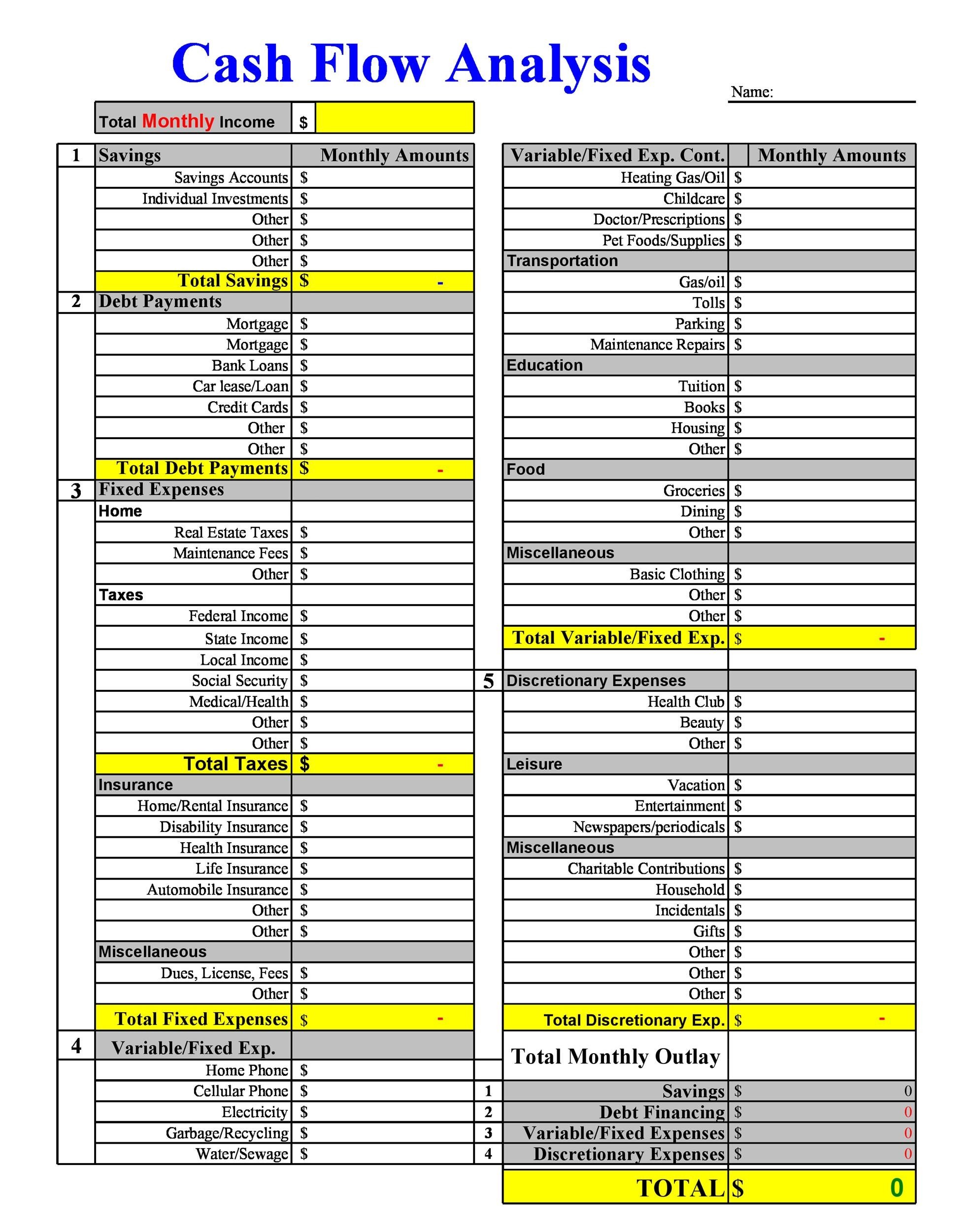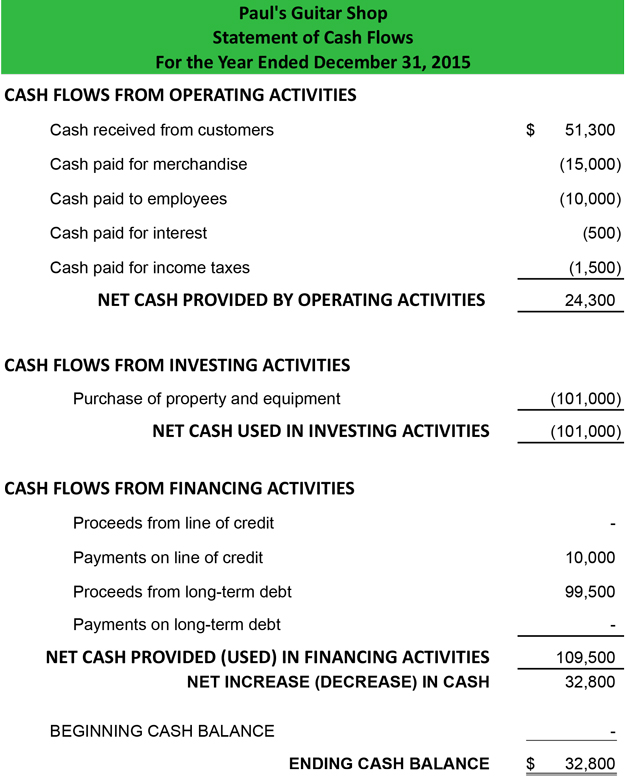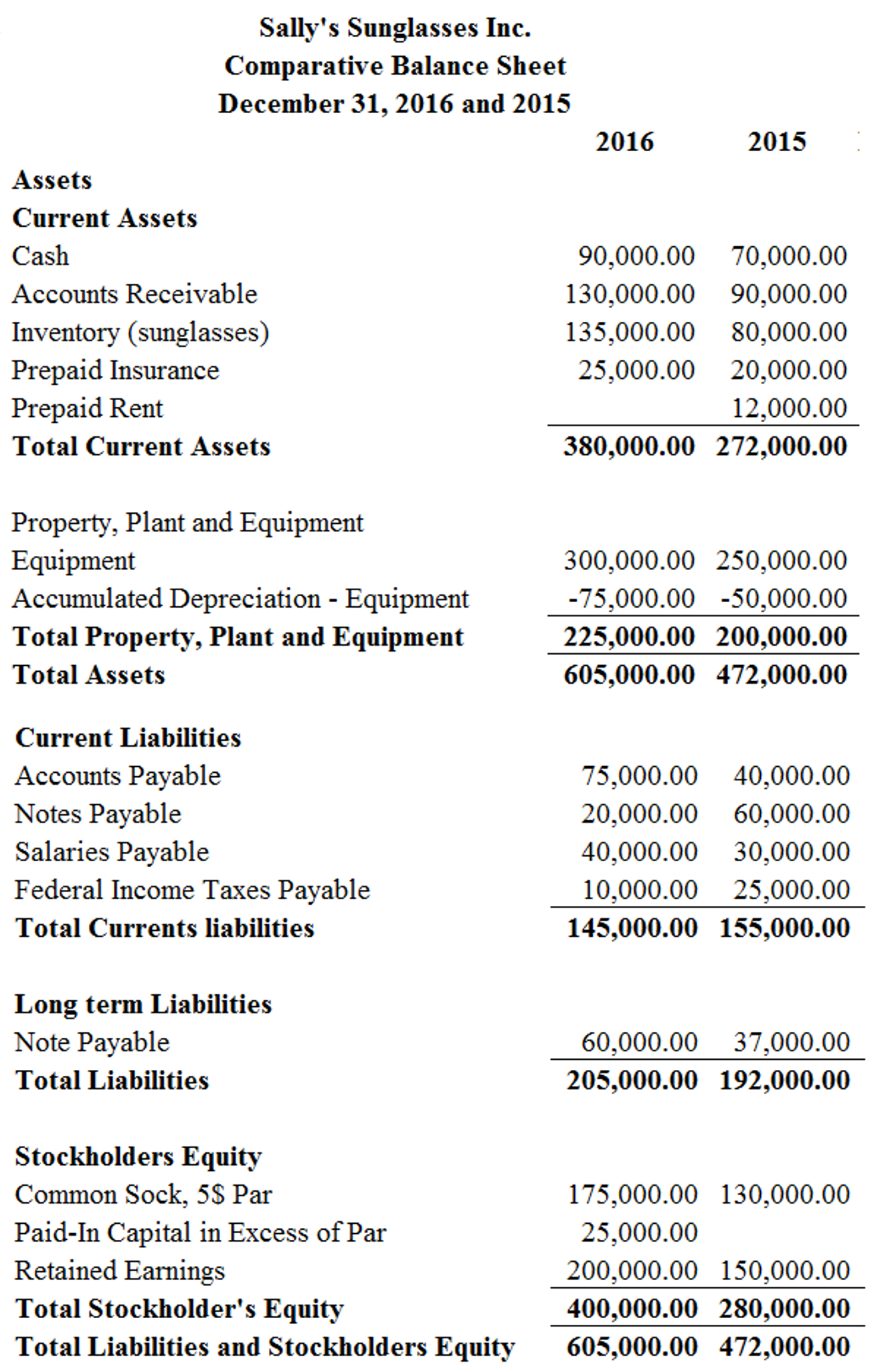

By dissecting these cash sources, the statement provides a comprehensive view of how the company generates cash. Financing activities cover cash flows resulting from raising capital, repaying debt, and distributing dividends. Investing activities involve cash flows related to the acquisition or sale of long-term assets, such as property, plant, and equipment, as well as investments in other companies. Operating activities encompass the core business operations, including cash receipts from sales and cash payments to suppliers and employees. It categorizes these inflows into three main sections: operating activities, investing activities, and financing activities. Understanding Cash Generation: The cash flow statement allows users to understand the sources of a company’s cash inflows.This information is crucial in assessing the financial stability and solvency of a business. By analyzing the inflows and outflows of cash, it reveals the company’s ability to meet its short-term obligations, such as paying suppliers, servicing debt, and covering operating expenses. Assessing Liquidity: The cash flow statement enables stakeholders, such as investors, creditors, and potential business partners, to evaluate a company’s liquidity position.The primary purpose of a cash flow statement is to shed light on how a company generates and uses its cash resources, providing valuable insights into its financial health and operational efficiency. It goes beyond the traditional income statement and balance sheet by focusing specifically on the movement of cash within a given period, typically a fiscal year. The cash flow statement serves a crucial role in providing comprehensive financial information about a company’s liquidity and cash management. It distinguishes itself from other financial statements by focusing solely on cash transactions, rather than accounting for non-cash items. Closing balanceĬalculate the closing balance by adding the opening balance and total incoming, then minus total outgoing.A cash flow statement is a financial statement that provides a clear picture of the cash inflows and outflows within a company over a specific period. Monthly cash balanceĬalculate the monthly cash balance by subtracting the total outgoing cash from the total incoming cash. Cash outgoing can include:Ĭalculate the total outgoing by adding all cash outgoing items. You can anticipate cash outgoing by looking at previous years, identifying seasonal trends and accounting for your major expenses. If you are forecasting estimated figures, consider what expenses will be required to operate your business and when they need to be paid. Cash outgoingĬash outgoing is any payments that your company makes. Cash incoming can include:Ĭalculate the total incoming by adding all cash incoming items. You can anticipate cash incoming by looking at previous years, identifying seasonal trends and accounting for regular sources of income. If you are forecasting estimated figures, consider what forms of income your business may have and when. In subsequent months it will be the closing balance from the previous month.Ĭash incoming is money that is flowing into the business. In the first month this will be your opening bank balance.

You'll also need to clearly state on your cash flow statement whether your figures are GST inclusive or exclusive.

If you use estimated costs, you’ll need to label and justify them clearly.

For each year, you'll need to fill in actual or estimated figures against each of the below items.


 0 kommentar(er)
0 kommentar(er)
